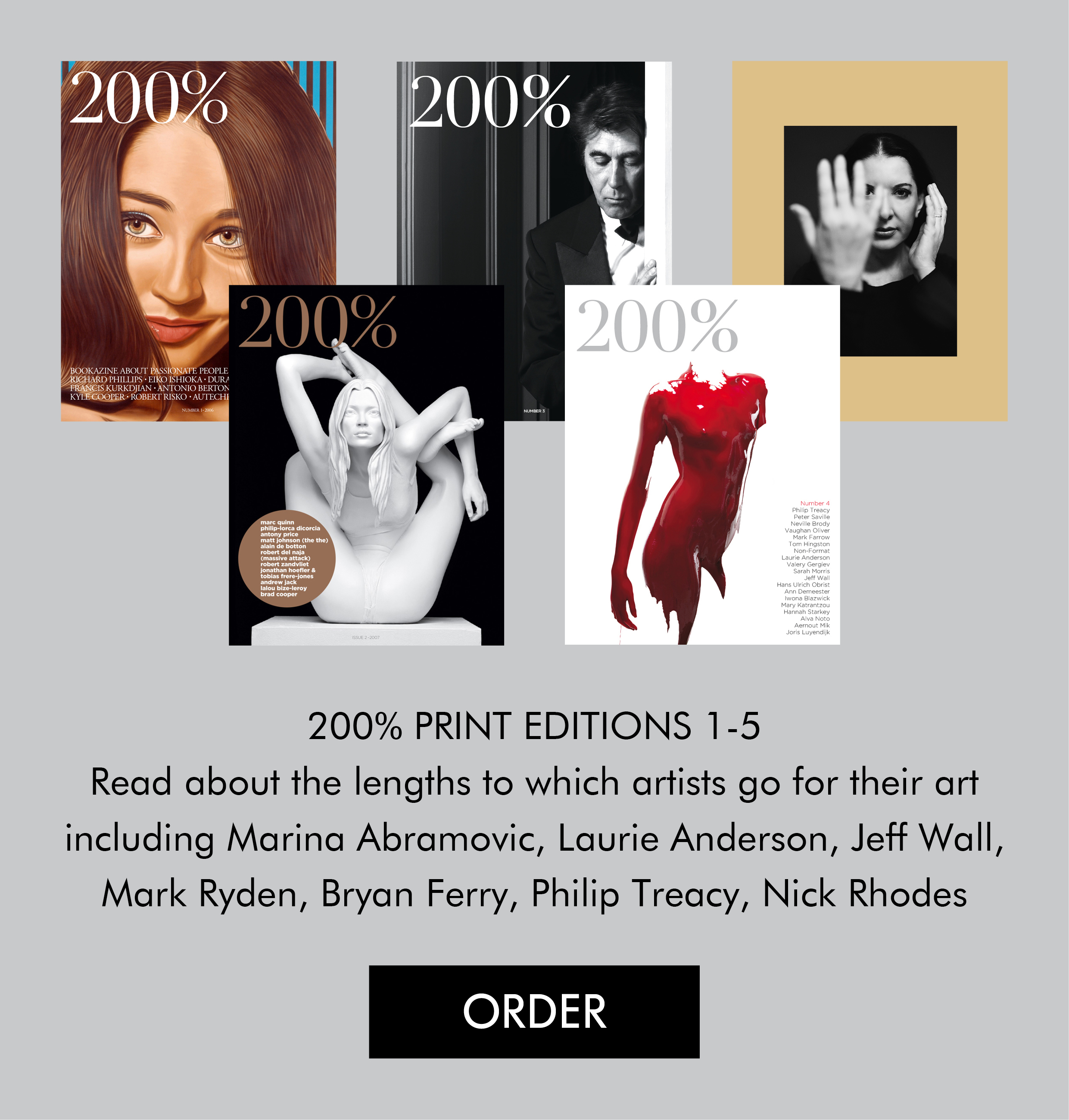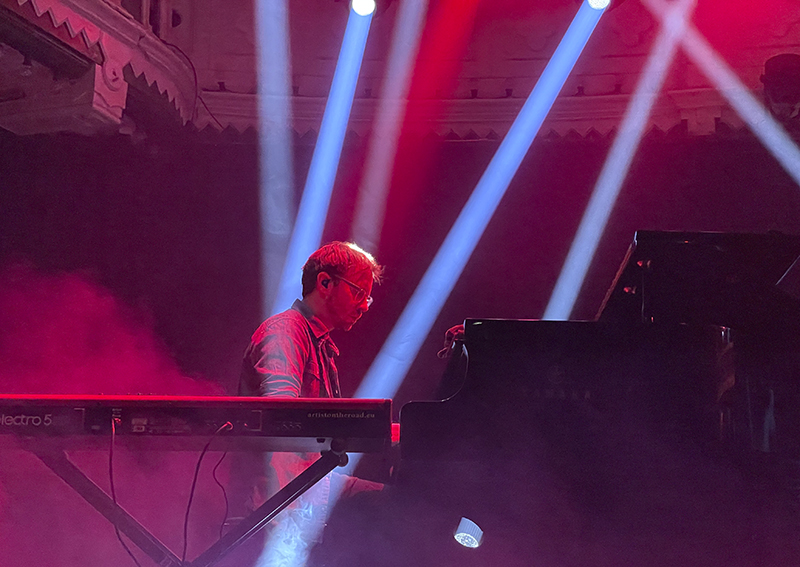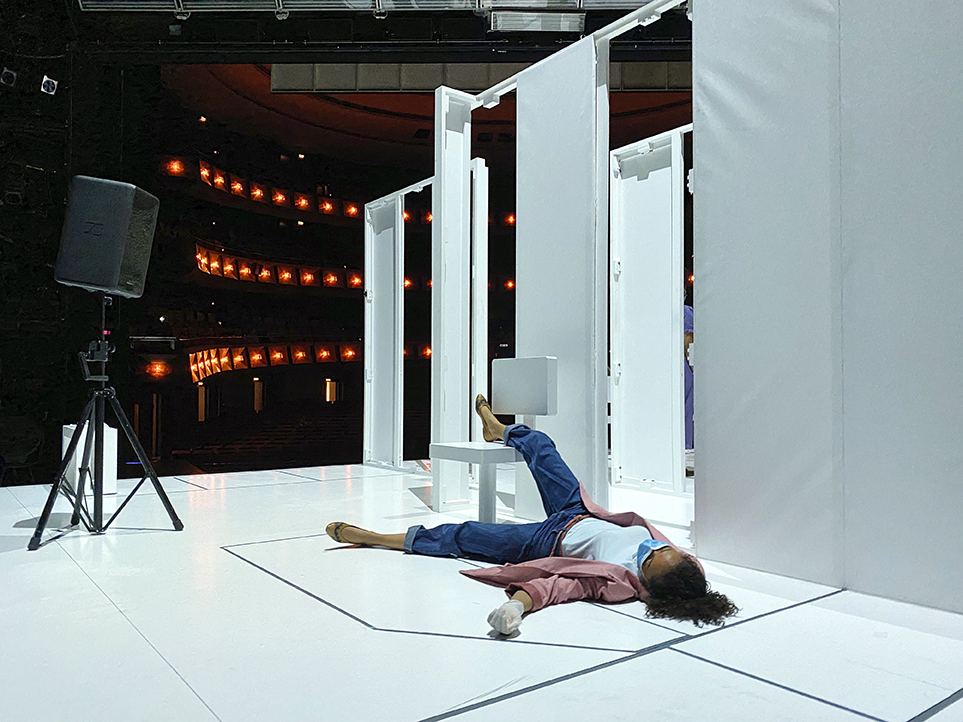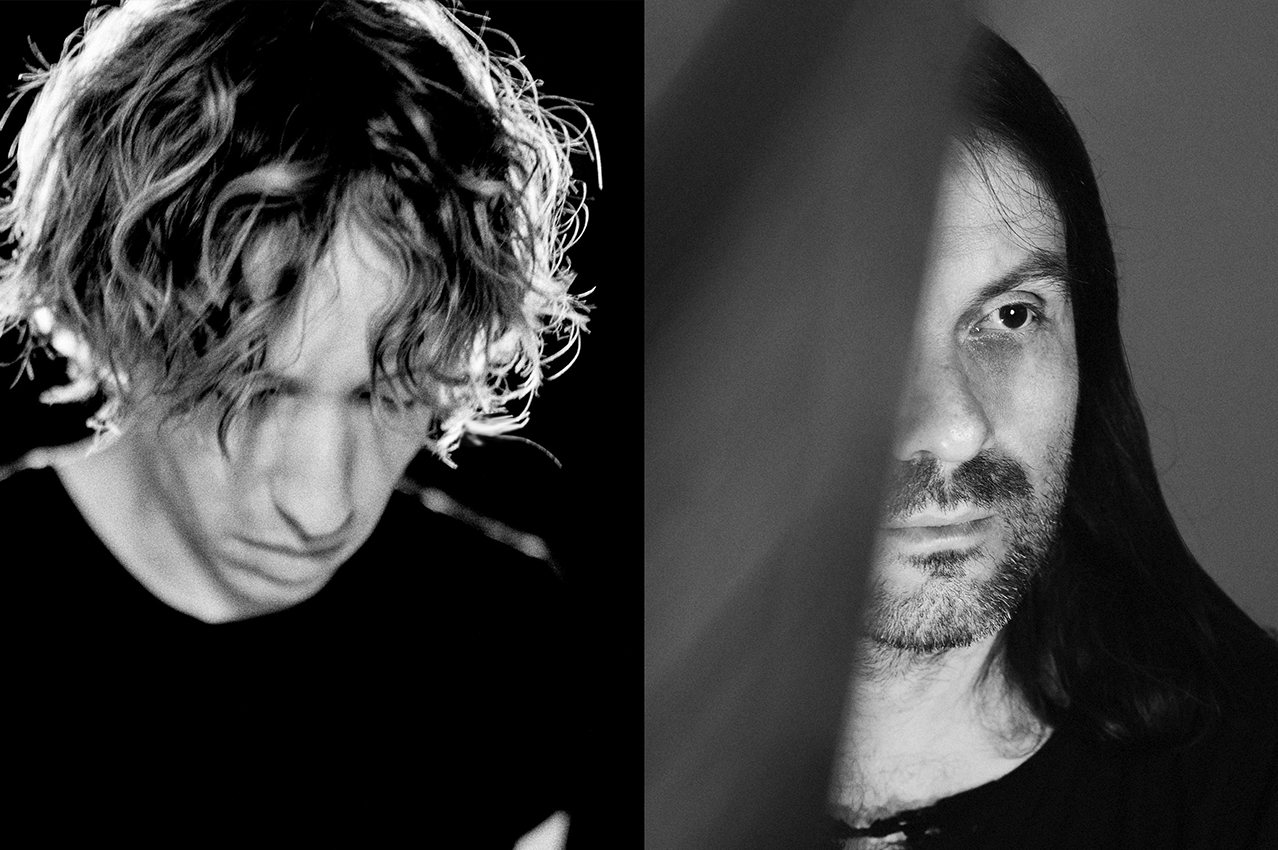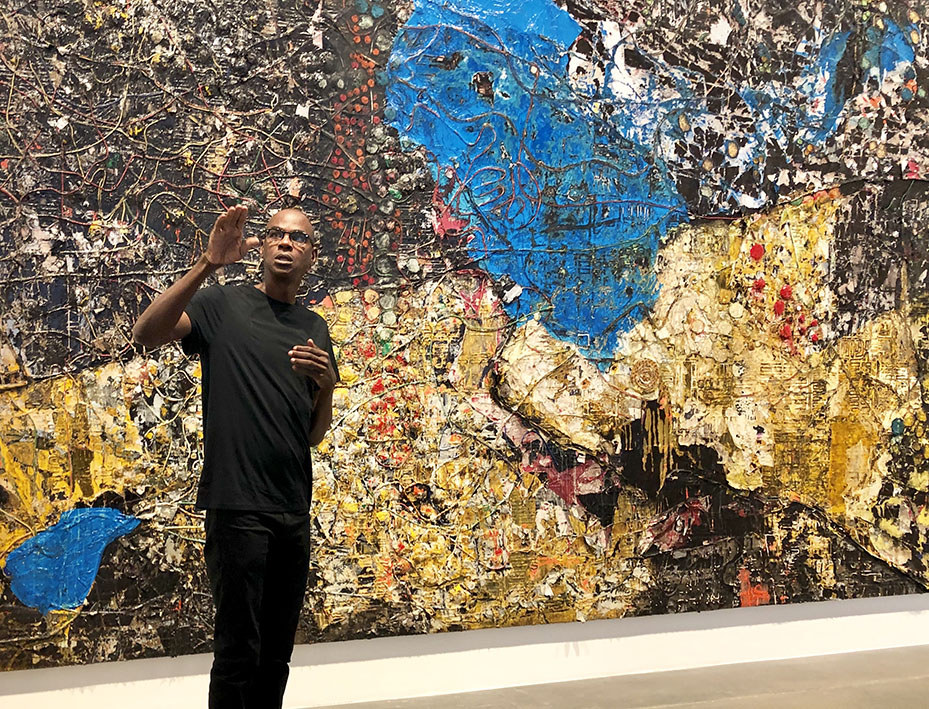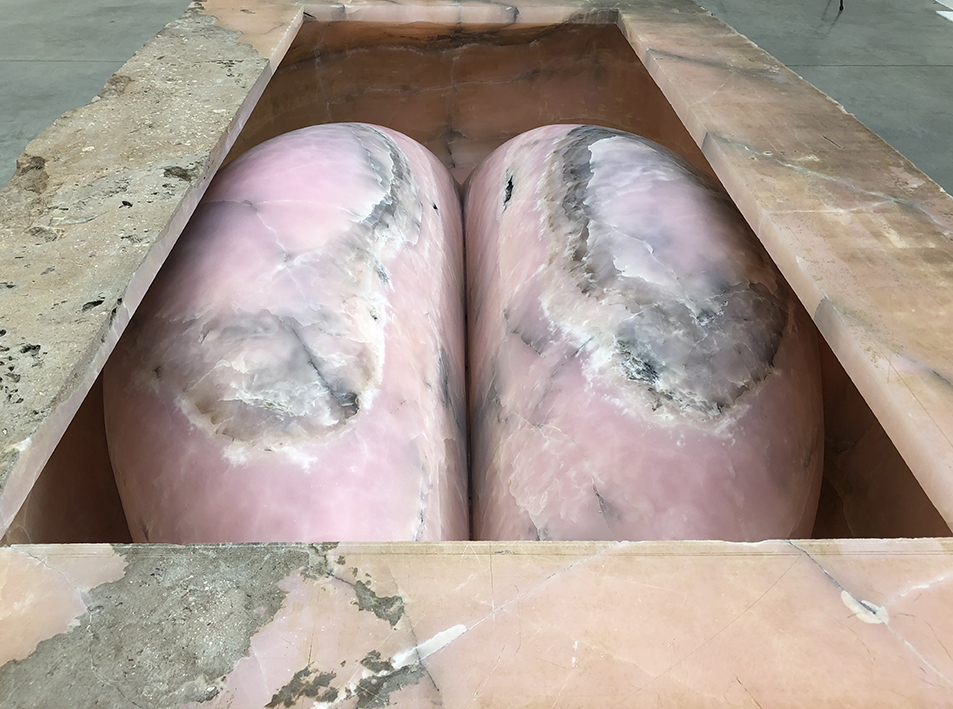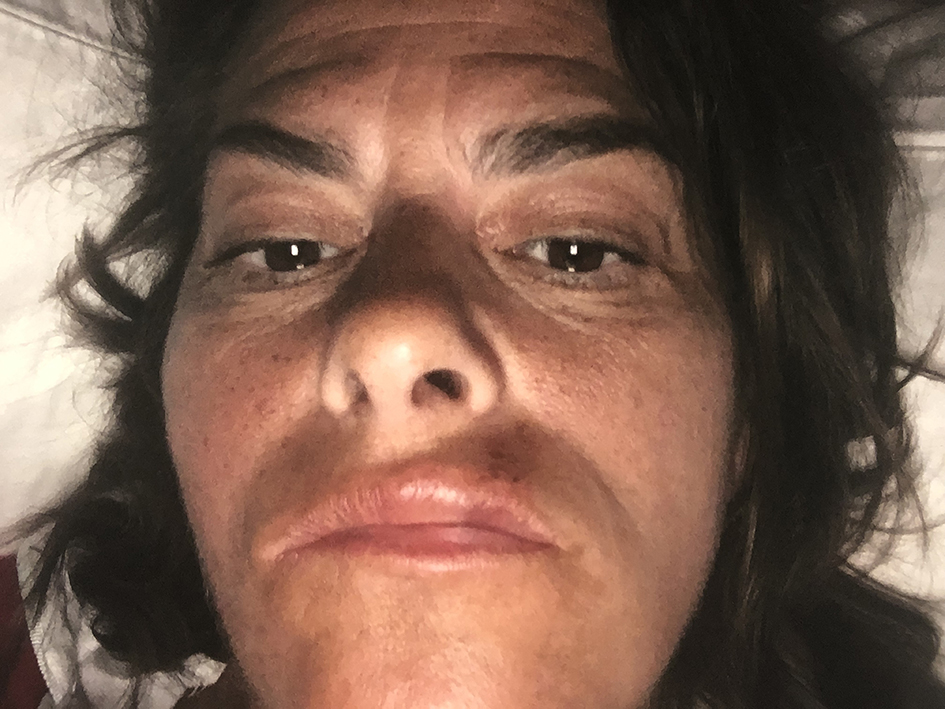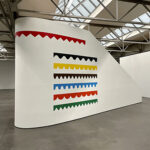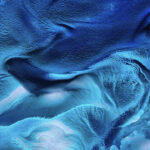 Perhaps one wouldn’t automatically consider Roger Deakins as the man to go for shooting a Bond film, a franchise that has a reputation for spectacular, exhilarating action sequences making the audience sit on the edge of their seat. Deakins, is more familiarly associated with the drama genre being the Director of Photography of films like ‘Shawshank Redemption’, ‘A Beautiful Mind’ and ‘In the Valley of Elah’. Mostly, he is renowned for his work with the Coen Brothers, with whom he shot eleven feature films, including ‘No Country for Old Men’, ‘Fargo’ and ‘The Big Lebowski’.
Perhaps one wouldn’t automatically consider Roger Deakins as the man to go for shooting a Bond film, a franchise that has a reputation for spectacular, exhilarating action sequences making the audience sit on the edge of their seat. Deakins, is more familiarly associated with the drama genre being the Director of Photography of films like ‘Shawshank Redemption’, ‘A Beautiful Mind’ and ‘In the Valley of Elah’. Mostly, he is renowned for his work with the Coen Brothers, with whom he shot eleven feature films, including ‘No Country for Old Men’, ‘Fargo’ and ‘The Big Lebowski’.
It was director Sam Mendes, with whom Deakins had collaborated previously on ‘Jarhead’ and ‘Revolutionary Road’, who invited him to work on the production of ‘Skyfall’. It was Mendes’s idea to take the franchise in a different direction. Deakins didn’t think they were shooting an action film. “Obviously there is a lot of action in the script, but we were shooting a film, shooting a script through the characters eyes, as we would with any other film”.
Deakins treats the viewer to a generous supply of eye candy, particularly noticeable in the Shanghai sequence – the cinematic highlight of the film. It opens with a breathtaking bird’s eye view of Shanghai’s nightlife passing over the dazzling skyline of Pudong. We cross a spectacular rooftop swimming pool covered with glass that lives up to Bond’s standards where he is taking a swim. (Of course he has the large swimming pool entirely to himself).
Bond is in town to recover a disk drive that contains the identity of every agent embedded in terrorist organisations across the globe, from the same assassin of whom Bond lost track in Turkey, Patrice, and on whom he is instructed to use his license to kill. Bond follows Patrice by car from the airport through Shanghai. Deakins has turned the Chinese city into an open-air disco, full of neon advertising signs, fluorescent magenta and aqua coloured streams of light, and graphic Chinese characters reflecting on Bond’s car window.
Patrice enters a skyscraper predominantly constructed from glass – inside and out – and Bond follows him to one of the top floors. The assassin’s mission is to kill a Chinese man on the adjacent skyscraper who is sitting with his back to the window facing a stolen Amedeo Modigliani ‘Woman With Fan’, which he wants to buy. (The production team did their homework as this painting has actually been stolen from the Musuee d’art Moderne Paris in 2010 and, in fact, is still missing). After Patrice accomplishes his mission, a fight between him and Bond ensues. The fight scene is shot in silhouette and, in the background; we see the reflection on the glass of a larger than life luminescent blue jellyfish slowly swimming above. Deakins has brought the already rich tradition of Bond’s cinematography to a new artistic level.
The action sequences are full of adrenalin as they possess a certain immediacy and, as a spectator, we keep pace with Bond as he chases his enemies. Deakins started his career shooting documentaries and this experience was very useful in shooting the action sequences. “One of the things I learned during documentary making is dealing in an immediate way with what’s in front of you and how you can interpret that for an audience,” the silver maned cinematographer comments. “How you can dramatically condense something that happens in reality in front of you in real time”.
In this interview Deakins discusses the ‘look’ of the film, the action sequences, shooting the film digitally with the Alexa camera, and why he relates to the British-ness of the film.
 200%: As you’re British is there any special significance for you to be involved in the production of a James Bond film?
200%: As you’re British is there any special significance for you to be involved in the production of a James Bond film?
Roger Deakins: I got involved as I worked with Sam Mendes before. I never thought before of shooting a Bond film. To work with Sam on one with his idea to take the franchise in a different direction and to use the audience’s relationship with the franchise and to build on that was a great opportunity. Also, to work on a British film icon, at Pinewood Studios, and celebrating the Fiftieth anniversary of James Bond, that was a big pull. I didn’t realise how big an event it would be, I must say [laughs].
200%: Can you explain what you, Sam Mendes and the production designer, Dennis Gassner, decided for the overall concept of the film’s look?
RD: Obviously it all comes from the script, everything comes from the script. Our concept was to center the film in England and to make London a character in the movie. We wanted it to feel a little bit monochromatic and grey, in contrast with the sequence in Shanghai which was a lot darker, but more colourful. In a general way we wanted it to connect very much with the characters. We wanted to shoot it in such a way that you felt you were with Bond. We wanted the audience to be involved, which is why we tended to shoot with fairly wide lenses.
 200%: Daniel Craig portrays a more gritty and intense incarnation of James Bond. Lighting can do a lot to create a gritty, dark atmosphere of a film. Did you talk with Daniel Craig about the look of the film?
200%: Daniel Craig portrays a more gritty and intense incarnation of James Bond. Lighting can do a lot to create a gritty, dark atmosphere of a film. Did you talk with Daniel Craig about the look of the film?
RD: No, we never had one conversation with Daniel about that subject. What you try to do is to create a world for an actor to feel the character and feel comfortable to work with that character within the scene. In terms of the development of the film, the look of the film and technically what you do on the set, Daniel is not as far as I know involved in that. He might be talking about it with Sam, but not with me.
200%: One could say that this is the first action film that you shot.
RD: I felt the film to be not only a character study but as much a thriller as an action film. I suppose that you could call a lot of the Bond films action movies, but I don’t think it’s correct to only qualify this is an action movie. It is a story based on the characters and it has a lot of action in it.
200%: Did you operate the camera yourself for this movie?
RD: I operated the ‘A’ camera completely. Sometimes we ran two cameras on first unit and we had a lot of steadicam work, which I don’t do.
200%: Are the actions scenes shot handheld?
RD: It varies. There is one specific action scene that we shot with 11 cameras and it was like a one take deal. A lot of the action in the film is shot by Pete Cavaciuti, the other camera operator, and myself. We were shooting handheld with two cameras all the time, but a lot of the opening sequence is done with specific shots for which you need very specific pieces of equipment to achieve the shot. Each action sequence is achieved in a different way.
200%: What is the action scene where you only had one opportunity to film?
RD: The sequence where an underground train crashes through the ceiling of an underground chamber. We had very specific rigs made to achieve the shot. The set was built on the 007 stage at Pinewood Studios and basically we were having a one go at it. We could have had another go at it but it would have taken probably a week to reconstruct it all for the second take.
 200%: You shot the film with the Alexa camera. Could you explain why you chose this camera to shoot the film?
200%: You shot the film with the Alexa camera. Could you explain why you chose this camera to shoot the film?
RD: When Sam and I discussed the look of the film and the kind of locations it made sense to shoot it with the Alexa. I showed him some of the material I shot digitally on a previous production (“In Time”), and we talked about it and he said let’s go that way. It felt right. The Alexa has the advantage of being able to shoot in low lit conditions and shoot with actual practical light sources that might have been much more challenging on film.
For ‘Skyfall’ we wanted it to have a very ‘real’ feel to it. The more I work with the Alexa the more I realise it’s a really good camera in every condition. I can’t think of any situations where the Alexa didn’t perform as well or better than I imagined it would.
200%: As a cinematographer was it big step for you to switch from film to digital?
RD: You know it wasn’t really. Initially I thought it would be. For quite some years I didn’t want to switch to digital until digital definitely offered me something that film couldn’t provide. But I never really entertained it until I saw that distinction. I was nervous about making the change, but when it came to it I spent a few weeks working with a camera, and once I got into production I didn’t find it at all different actually. The only difference between shooting on digital and film, to me, is on set you don’t hear the magazine rolling around like you would with film – the camera is totally silent.
 200%: You said you were a little bit nervous to make the switch. What kind of concerns did you have?
200%: You said you were a little bit nervous to make the switch. What kind of concerns did you have?
RD: In the past it has been true with digital cameras that the highlights would clip and the shadows lack detail, they didn’t have the latitude and the colour sensitivity. There was no soul in the imagery that a lot of digital cameras produce. There is always that thought, when you haven’t worked with a camera very much, “am I missing something? Am I going to be surprised in a bad way by an aspect of what the camera actually does?”
200%: In an interview you once said: “I’ve always wanted to understand the world around me, and communicate my experience of it to other people. For that reason, I’ve tried only to do films that touch me personally and that I feel are worth doing”. Could you explain how ‘Skyfall’ has touched you personally?
RD: I was probably having more fun on this film and playing with the ‘look’ a little more than I might on a more conventional drama. It was certainly a bit more of a technical challenge than most!
I must say the British-ness of the film is something to which I quite relate in the sense of the decline of the country and the stoicism of this agent who is still trying to protect Britain. There are a lot of things in it such as how the whole piece alludes to the nature of terror and the role of an agent, such as Bond, in the modern world. M’s decisions are certainly suspect but she makes them thinking that she is doing the right thing for the good of the country. There are many threads in the film that make it so much more than a straightforward action ‘movie’.
Interview written and conducted by Thierry Somers. Images: Roger Deakins (behind the camera) with Sam Mendes and Dame Judi Dench, Daniel Craig as 007 in Scotland, Daniel Craig as 007 in Shanghai. Copyright © 2012 Danjaq, LLC, United Artists Corporation and Columbia Pictures Industries, Inc. All Rights Reserved.

